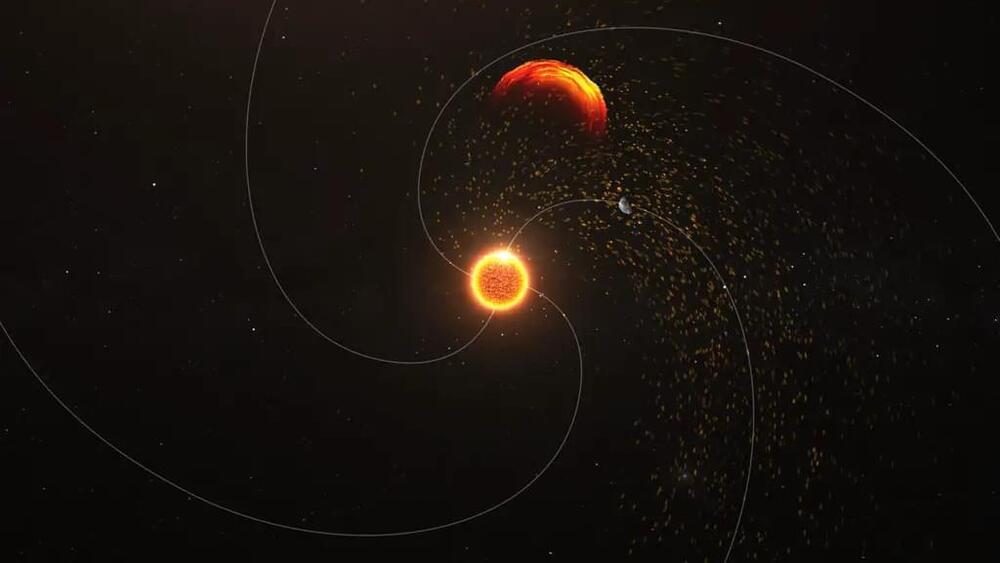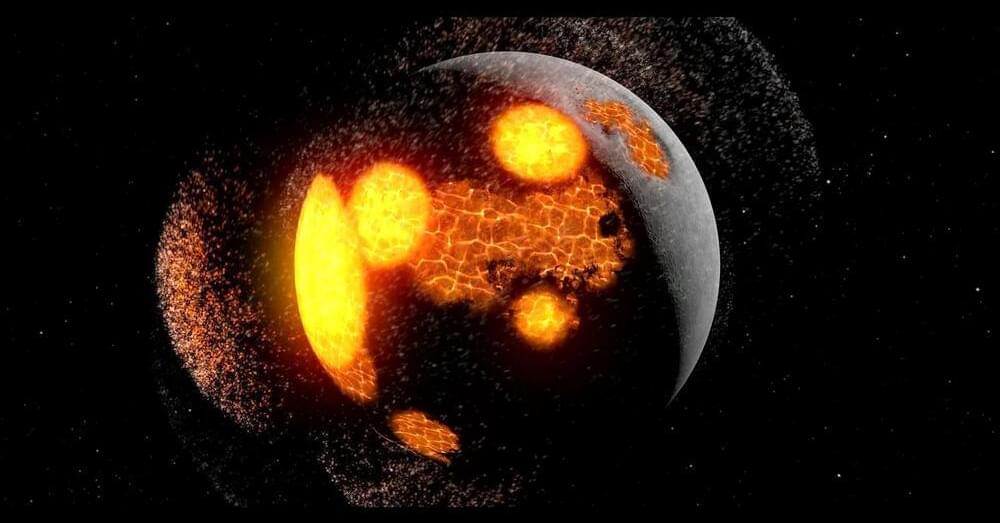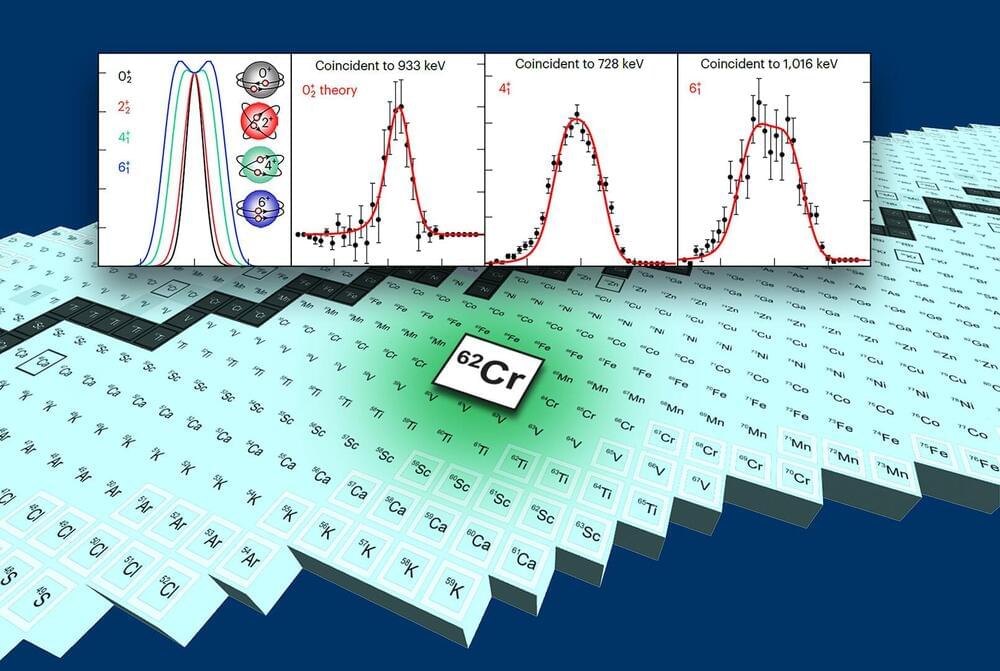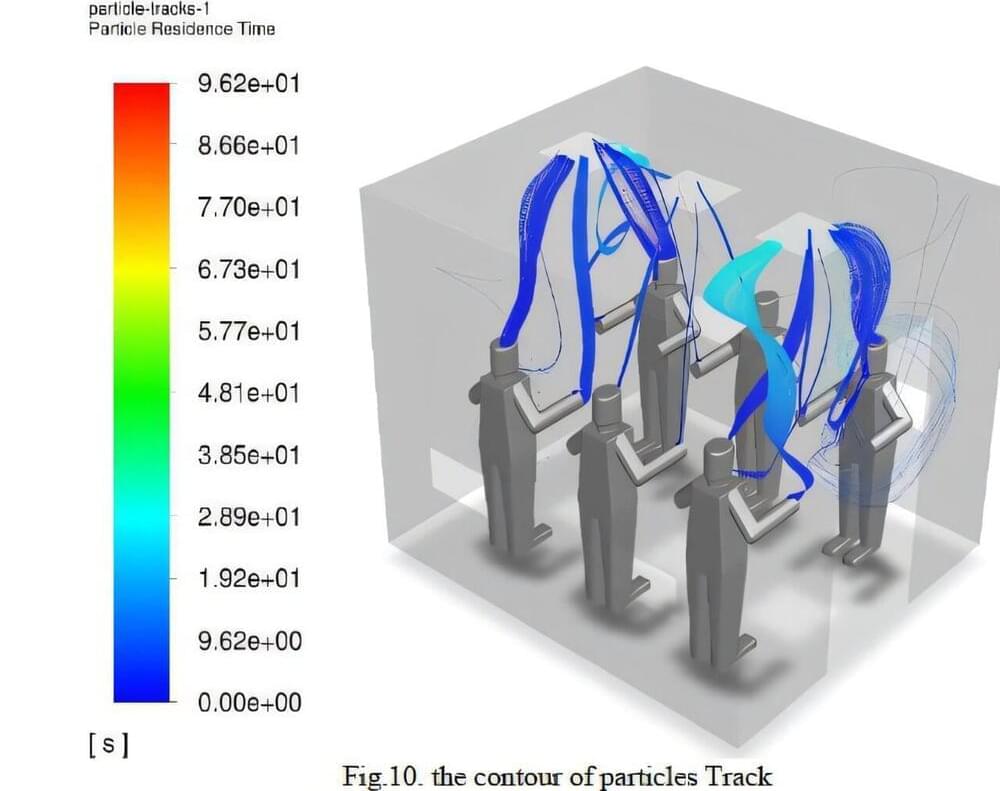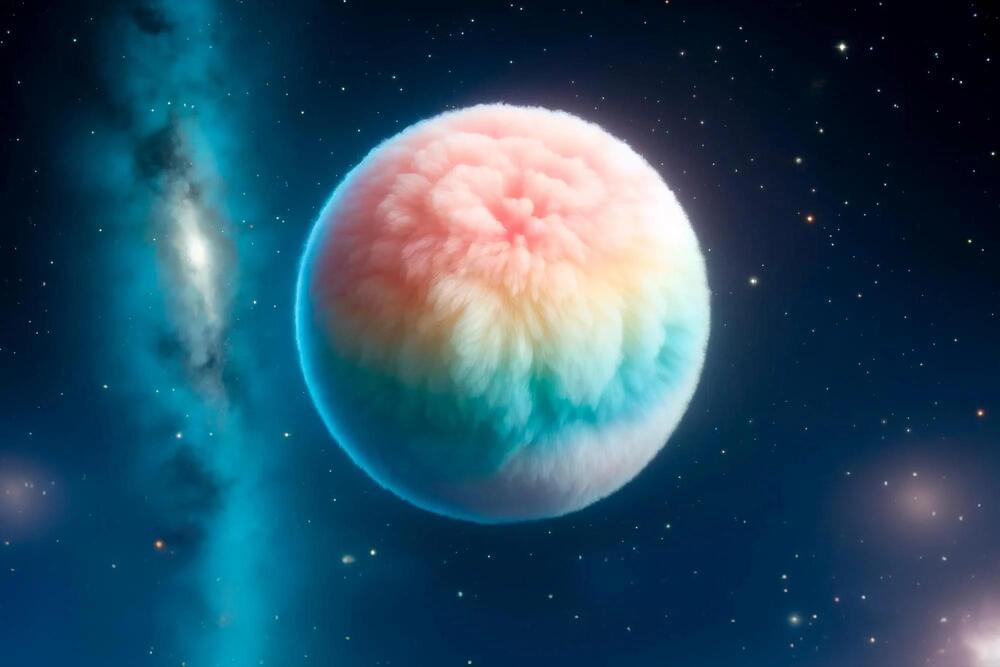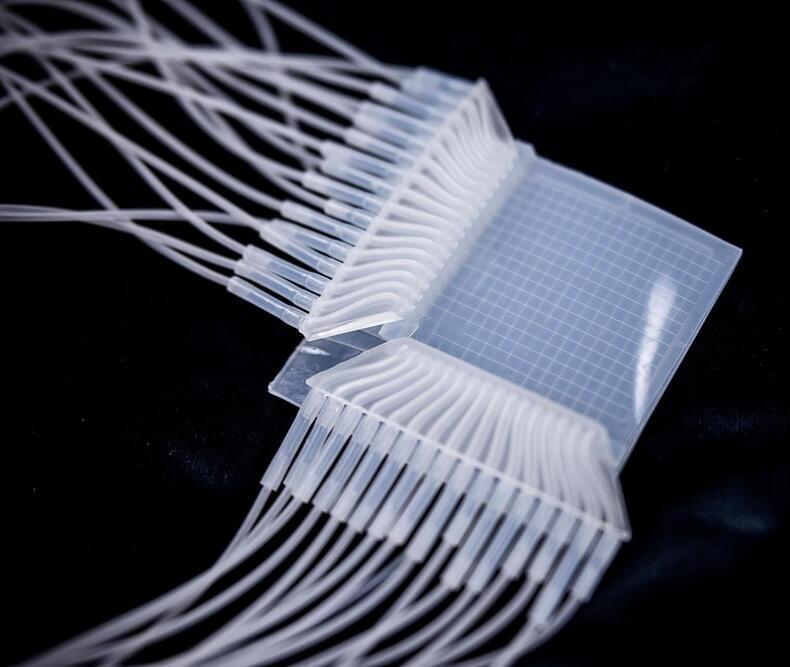Nov 9, 2024
A Magnetic Gateway Will Open, Linking The Earth And The Sun In Every 8 Minutes
Posted by Saúl Morales Rodriguéz in categories: particle physics, space
During the time you read this article, something will happen in the sky that many scientists didn’t believe would happen until recently. NASA says that a magnetic doorway will open that will connect the Earth and the Sun, which are 150 million kilometers apart.
Hundreds of thousands of high-energy particles will pass through this gap until it closes, which will happen about the time you reach the bottom of the page.
Continue reading “A Magnetic Gateway Will Open, Linking The Earth And The Sun In Every 8 Minutes” »
